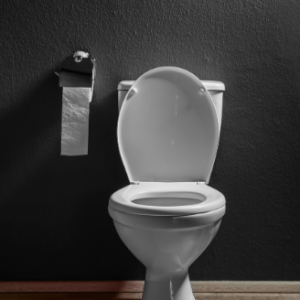(Don’t) Let It Go: Updates On Urinary Incontinence

(Don’t) Let It Go: Updates On Urinary Incontinence
January 15, 2020
It feels like one of the least-pleasant rites of passage as you get older: the need to urinate more frequently and even occasional bladder leakage that causes embarrassment. Urinary incontinence is a common concern among older adults, especially in women. For a good overview of the types, causes, and options for treatment in both men and women, uncross your legs and take a look here.
If you’ve been too shy or embarrassed to ask your physician about ways to address your urinary incontinence, you may be doing yourself more harm than good. New research published in Age and Aging highlights a real problem when it comes to incontinence concerns: People often assume they should cut back on their liquid consumption as a way to manage incontinence. But in fact, that may lead to dehydration among older adults, (estimates are that ⅓ – ½ of older adults are dehydrated) which can have serious health consequences if not addressed. So before you decide to limit your liquids, take a look here. And if you’ve been prescribed an anticholinergic drug to lessen your urinary incontinence, you should be aware of recent research published in JAMA Open Network that found a connection between the use of such drugs and an increased risk of dementia. While you should not stop a medication you’re taking without consulting your own physician, you should be aware that according to Northwestern Clinical Professor of ObGyn Dr. Lauren Streicker, there are plenty of other ways to manage urinary incontinence in older women beyond possibly risky drugs.
And while you’re managing your urinary incontinence, have you noticed problems with the color of your urine? Urine color may indicate a variety of health concerns, including dehydration, urinary tract infections or other sorts of infections. Before you pass it off as nothing, pay attention to what’s going on in the toilet and take a look here.







